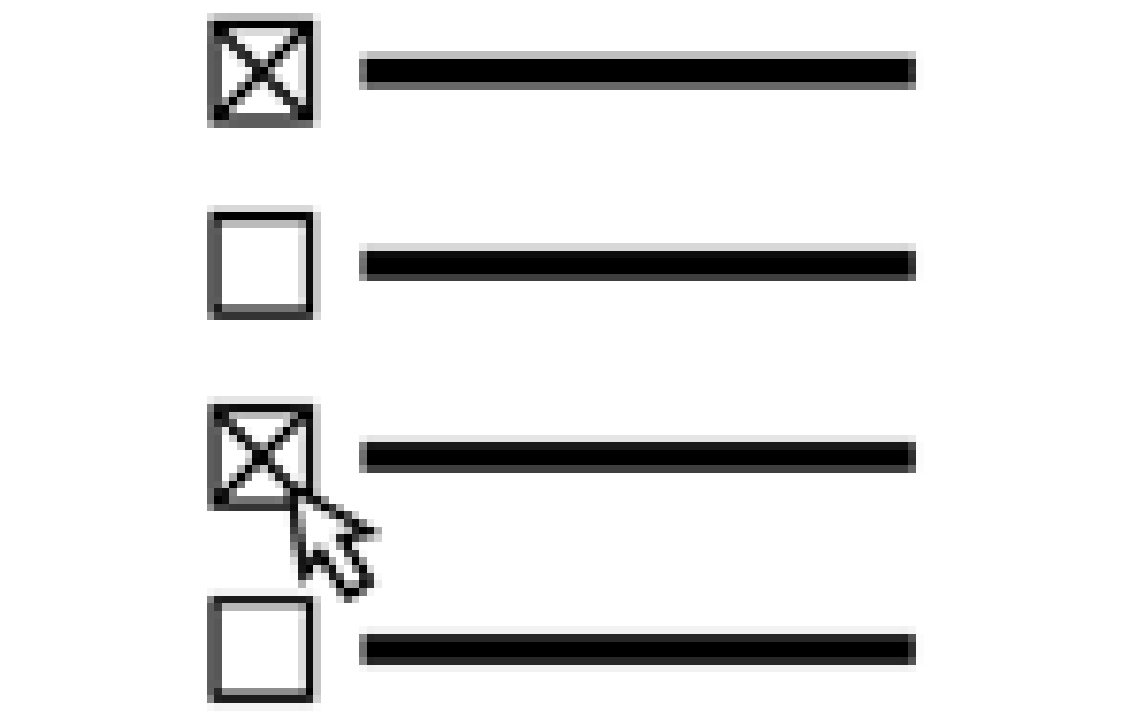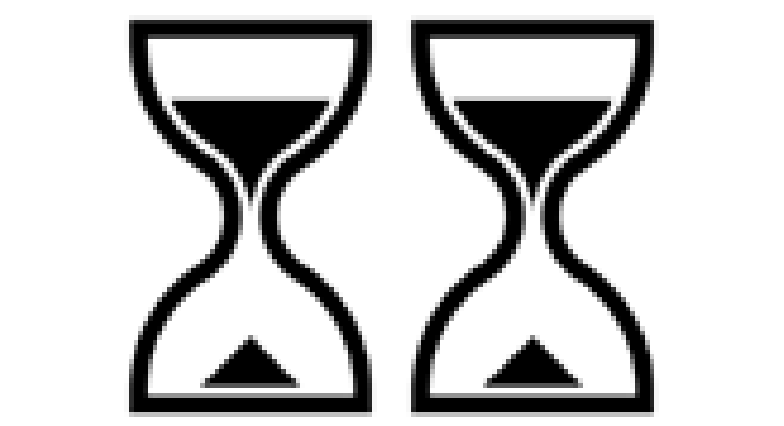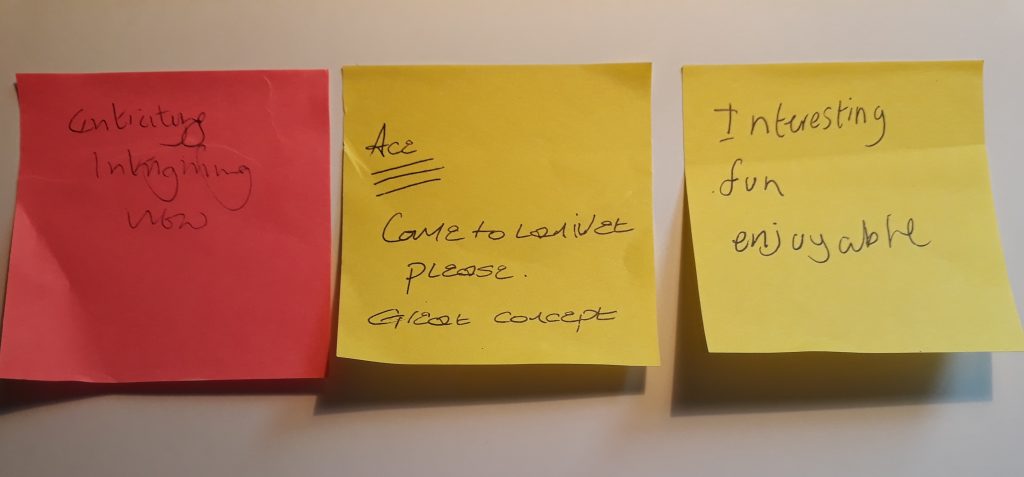Evaluation tool – Three words
What is this tool?
A quick, focused way to get the feedback you need. Ask your participants to give you three words about your event.
Choose your questions carefully and you’ll be able to get a feel for their experience, but also focus on specific parts – e.g. what worked well, what could be improved, how it made them feel etc.
What kind of activities can I evaluate with it?
This tool is particularly effective for use with secondary school students and interested adults, but works with most audiences and for most types of events.
Three words at a glance…
| Who: |  |  |  |  | ||
| What: |  |  |  |  |  | |
| Data: |  |  | ||||
| Time: |  |  |  | |||
| Gain: |  |  |  | |||
| GLOs: |  |  |  |  |  |
When should I use it?
This tool is best suited to use at the end of (or after) an event.
What do I need?
- Post-it notes or scraps of paper – approximately three per audience member
- Pens/pencils (one per audience member)
- Box, wall display or other place for people to leave their responses once completed
Let’s get started…
1) Hand out the post-it notes and pens.
2) The simplest version is to simply ask participants to write down three words to describe the activity. But you can also be more specific, e.g.:
- What were the three best parts of today’s event for you? (please label them 1,2,3 in priority order);
- What three things could we improve on for future activities?;
- What were the three most useful things we covered today?
You can also ask multiple questions – e.g. use different coloured post-it notes for responses to different questions, or simply get participants to label them (perhaps +/- symbols in a corner for what worked well / what could be improved).
3) Ask participants to place their responses on a wall display, in a box, or simply hand them in to a member of staff for collection once they are completed.

OK, what do I do with my data now?
There are lots of ways you can analyse these sorts of data. You can type the words into a list and create a word cloud to help visualise people’s most common reactions (see our analysis section and case study example for a demonstration of how to do this with data collected using the three words technique). Or you can take a more systematic approach, grouping together different responses under common themes (this is covered using the same dataset in the thematic coding analysis outline).
Got it! How can I take this further?
If you have time, and it’s a manageable group size, get them to write each of their three responses on a different post-it note, then get the group to work together (e.g. using a large whiteboard or table) to go through all the responses to categorise them into common themes. This gives you great insights as to what participants naturally group together, any links they see between different elements, and a better understanding of their responses in the first place.
Depending on the aims of the project we may want to tweak some of the content and then repeat this exercise in a few months’ time to see whether the changes have any influence on participants and if the responses match more closely to particular goals.
Similar techniques
Action plans or resolutions – Ask participants to each identify an action or change to their practice they plan to make as a result of the event or activity. Participants then take turns to verbally share their action plans or resolutions with the rest of the group.
Thought boxes – Everyone is asked to write down on a card their responses to a particular question of interest before the start of an activity and post it into a large decorated thought box (as part of an ice-breaker exercise). The facilitator takes out some cards and reads them aloud (anonymously) to start a discussion. The same question is asked at the very end of the activity, providing a before and after comparison of opinions. This technique can also be used to allow participants to ask questions they might be too shy to raise in person. It provides a great written record of their thoughts, and can incorporate drawing or other adaptations as appropriate.
Also see Graffiti wall and other associated techniques.
Download the Three words tool worksheet
Case Study
In this Case Study, the creators of the Evaluation Toolkit, Karen Bultitude and Jen DeWitt, use Tool 9 – Three Words to evaluate a website.
Back to Tools

